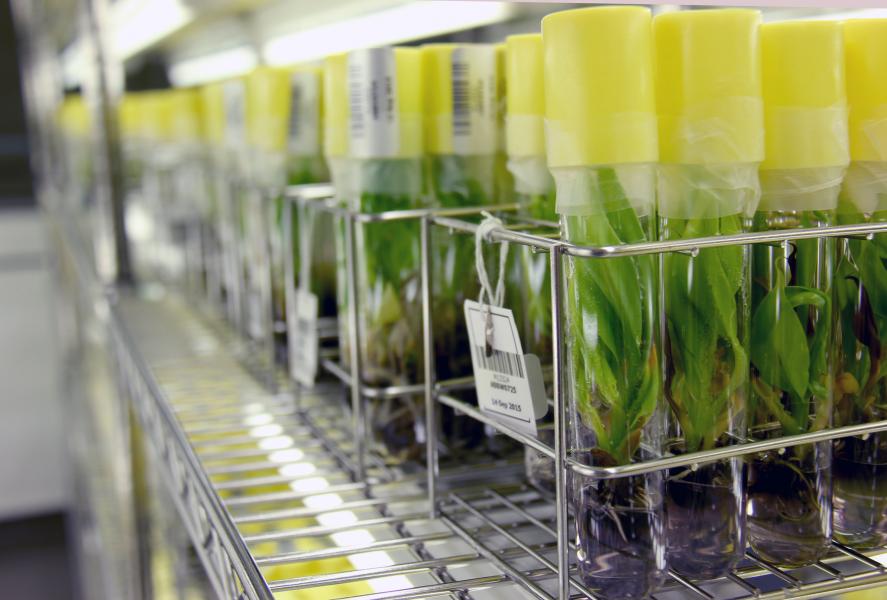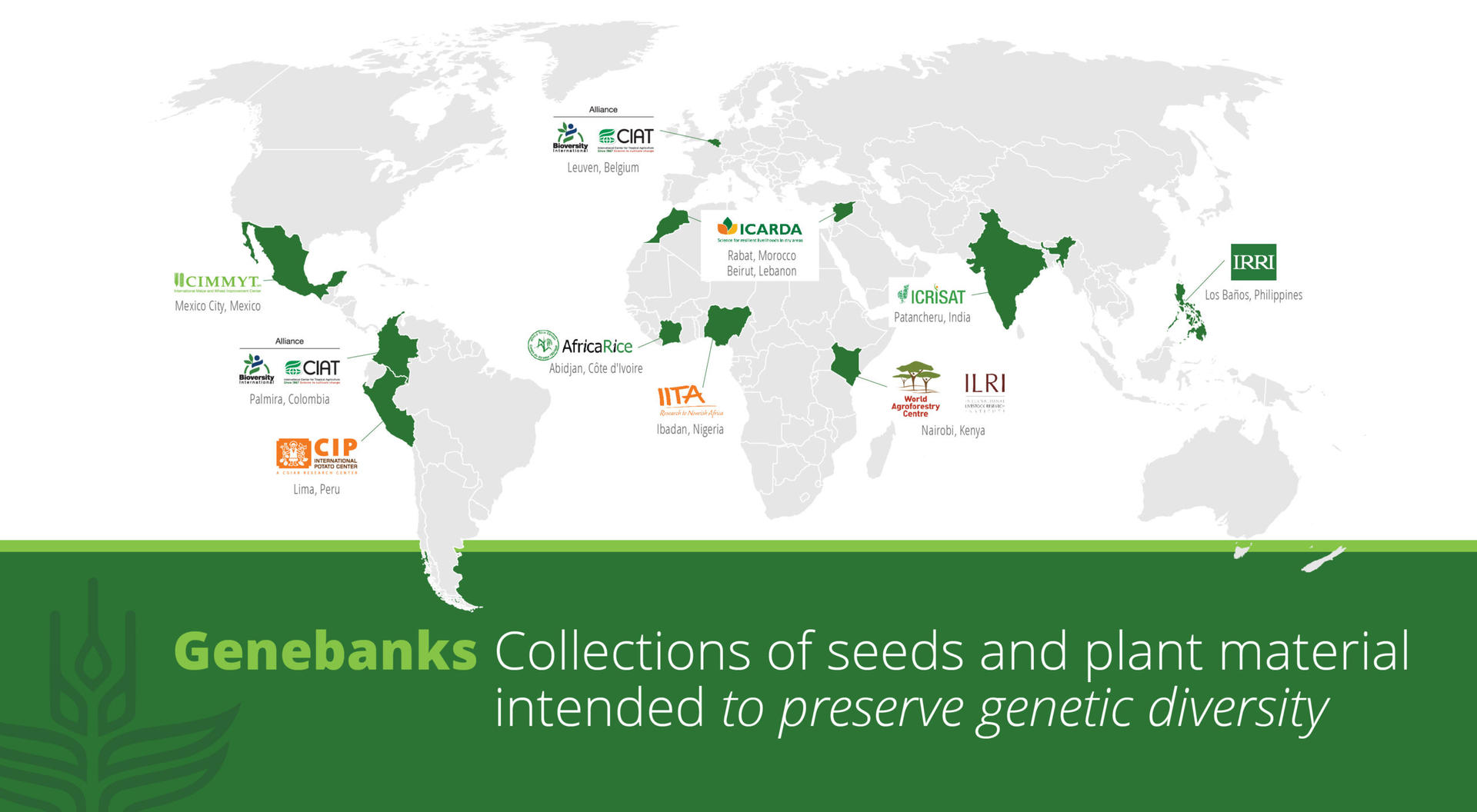Bancos de germoplasma para la seguridad alimentaria

Por la función crítica que desempeñan en el mejoramiento y conservación de los cultivos, los bancos de germoplasma son un activo fundamental para poner fin al hambre y la desnutrición.
Los bancos de germoplasma son instalaciones técnicas, donde las plantas (ya sea como semillas o plántulas en tubos de ensayo) se catalogan, se conservan a largo plazo y se ponen a disposición para su distribución. Los bancos de germoplasma también proporcionan información a los científicos para que desarrollen variedades más tolerantes y resilientes. Asimismo, por medio de los bancos de germoplasma podemos garantizar el acceso a recursos genéticos esenciales y proveer semillas o material de siembra directamente a los agricultores.
La Alianza cuenta con dos bancos de germoplasma: uno en Lovaina, Bélgica y uno en Palmira, Colombia. Nuestros dos bancos de germoplasma también se interrelacionan e integran con la Plataforma de Bancos de Germoplasma de CGIAR, la red más grande y más consultada de bancos de germoplasma del mundo, conformada por 11 bancos de germoplasma de CGIAR.
En estas modernas instalaciones, nuestro equipo se vale de la ciencia para preservar la biodiversidad del mundo y garantizar la seguridad alimentaria de todos.
Our Facilities and How they Enrich Our Future
The future of crop diversity and genebanks
Over the last century, approximately 75% of crop diversity has been lost. The world’s population now relies primarily on a few dozen crops, with humans getting ~95% of their energy from five of these alone. Crop failures due to climate change, socio-political conflicts, natural disasters, or pests and diseases, already spell disaster for millions of farmers and consumers around the world each year. This is where genebanks such as Future Seeds play a crucial role. They can provide the necessary planting materials to reconstruct agricultural losses by furnishing countries with varieties that are adapted to local conditions. They can also serve as genetic libraries from which breeders can develop new varieties of nutritious crops that are tailored to specific growing conditions across the world, building on gains achieved in agricultural productivity over the last half-century while avoiding environmental and social costs.
The International MUSA Germplasm Transit Centre
Home to the world's largest collection of banana germplasm, its mission is to contribute to the secure long-term conservation of the entire banana genepool and hold the collection in trust for the benefit of future generations under the auspices of the Food and Agriculture Organization of the UN.
The collection, which contains more than 1,600 accessions of edible and wild species of banana, is hosted at KU Leuven, Belgium.
Banana is a vegetatively propagated crop: it does not reproduce through seeds, and new plants grow from young shoots that arise from the parent plant. This is why in genebanks, bananas are conserved in the field or as small plantlets in vitro (in test tubes). At the ITC, the collection is maintained in vitro under slow growth conditions at 16°C.
For security, samples are also frozen to -196 °C, the temperature of liquid nitrogen, in a process called cryopreservation. This means that material can be preserved indefinitely and revived into full banana plants as needed. In addition, this frozen collection is safety duplicated at the Institut de recherche pour le développement (IRD) in Montpellier, France.
Vital crop collections
Future Seeds will replace the Alliance’s original genebank in Palmira, Colombia, which has exceeded its capacity, and continue to house its existing collections of vital crops. These have been gathered over the past four decades across the world, and are a veritable treasure trove of bean, cassava and tropical forage species, varieties and landraces. Beans are the most important food legume for direct consumption in the world, and a primary source of protein for almost half a billion people every day. Cassava is the third most important food crop in the tropics (after rice and maize) and is also consumed by half a billion people every day. It is also a key source of income for smallholder farmers and sustains key manufacturing industries related to food, starch, biofuels and pharmaceuticals. Tropical forages are essential for developing sustainable livestock production systems globally, primarily those that can draw down atmospheric carbon dioxide and reduce methane emissions, thus contributing to the mitigation of climate change.
A global facility for the future
Future Seeds will preserve the Alliance’s growing collections of crops, while distributing samples to farmers and researchers worldwide free of charge. By adding 30% more storage space, Future Seeds will secure more wild varieties and landraces, which may hold the secrets to higher temperatures, drought and floods. A new module, the Data Discovery and Biotechnology Lab, will facilitate discoveries, relying on genomics and big-data technologies, to continue improving crops for higher yields, better nutrition and climate resilience. Scientists around the world will have free and open access to the digital passports for these crops, expediting collaboration and discoveries. Through Future Seeds, the Alliance will also collaborate with partner genebanks around the world on optimizing protocols for cryopreservation and ensuring plant health, and by hosting collections, including safety duplicates, of other key crops. Additionally, a new generation of genetic resource scientists will be trained at Future Seeds.
The one-of-a-kind genebank
Future Seeds will be the first ever platinum-level LEED (Leadership in Energy and Environmental Design) certified genebank building in the world. It has an iconic and energy-efficient building design including an external “skin” canopy to repel solar radiation, panels to harness solar energy, thermal control, natural ventilation and rainwater harvesting. The building itself will convey a strong public message about the vital importance of environmental sustainability. An external review of the Alliance’s protocols for managing crop collections found the genebank to be operating at the highest technical and scientific standards relative to other genebanks around the world.

Nuestras colecciones en los bancos de germoplasma
Por más de 40 años, nuestros bancos de germoplasma han conservado y brindado apoyo al mejoramiento de cultivos y la diversidad, a través de variaciones genéticas e iniciativas de mejoramiento llevadas a cabo en conjunto con los Sistemas Nacionales de Investigación Agronómica (SNIA). Esto se logró suministrando diversidad genética como uno de los ingredientes esenciales de los programas de mejoramiento.
Hoy en día, los bancos de germoplasma de la Alianza en Lovaina y Palmira salvaguardan recursos fitogenéticos únicos en el mundo y albergan las colecciones más grandes del mundo de banano, frijol, yuca y forrajes tropicales.
Descubra más acerca de nuestros dos bancos de germoplasma:
Haz un recorrido virtual (también en español)
Alliance Genebanks and CGIAR
Our two genebanks interconnect and integrate with the CGIAR Genebank Platform, the largest and most frequently accessed network of genebanks in the world, comprising 11 CGIAR genebanks.

